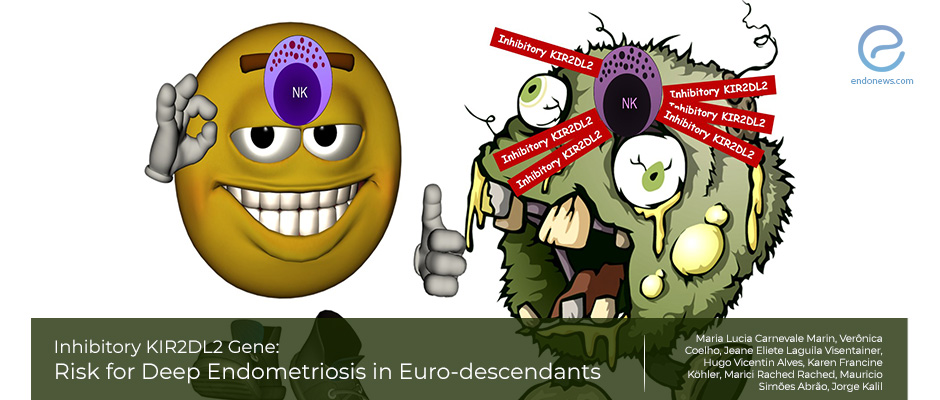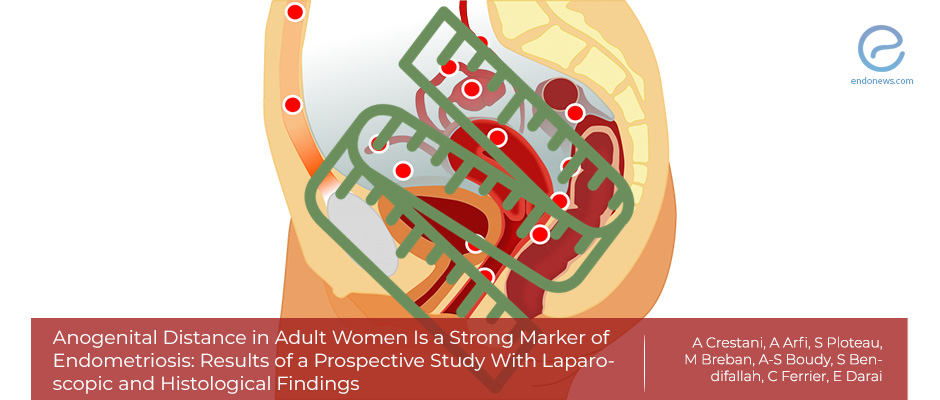Symptoms Offer Clues in Endometriosis Management
Non-invasive imaging techniques like transvaginal ultrasound and magnetic resonance imaging (MRI) are valuable for identifying deep infiltrating endometriosis (DIE) and ovarian endometriomas. However, these tools often fail to detectperitoneal lesions, which can also cause significant symptoms. A new study published in Archives of…
Key Points Lay SummaryInhibiting killer on the move
The three main forms of endometriosis are superficial, ovarian, and deep endometriosis. The latter is defined by the presence of endometriotic nodules that are deeper than 5 mm. Deep endometriosis is considered the most aggressive and is associated with severe…
Key Points Lay SummaryAnogenital distance and endometriosis
Endometriosis may be associated with exposure of the embryo to chemicals called ‘endocrine disruptors’. Exposure to endocrine disruptors can be estimated by measuring the anogenital distance (i.e. the distance between the clitoris and the anus), using a centimeter ruler with…
Key Points Lay SummaryProgressive nature of ovarian endometrioma
The effective management of endometriosis requires a proper understanding of how the condition progress as women age, especially for those women with early onset of endometriosis. Several studies have tried to characterize the evolution of endometriosis. Some of the key…
Key Points Lay Summary
 By Özge Özkaya
By Özge Özkaya

 By Yu Yu
By Yu Yu

 By Timur Seckin
By Timur Seckin
